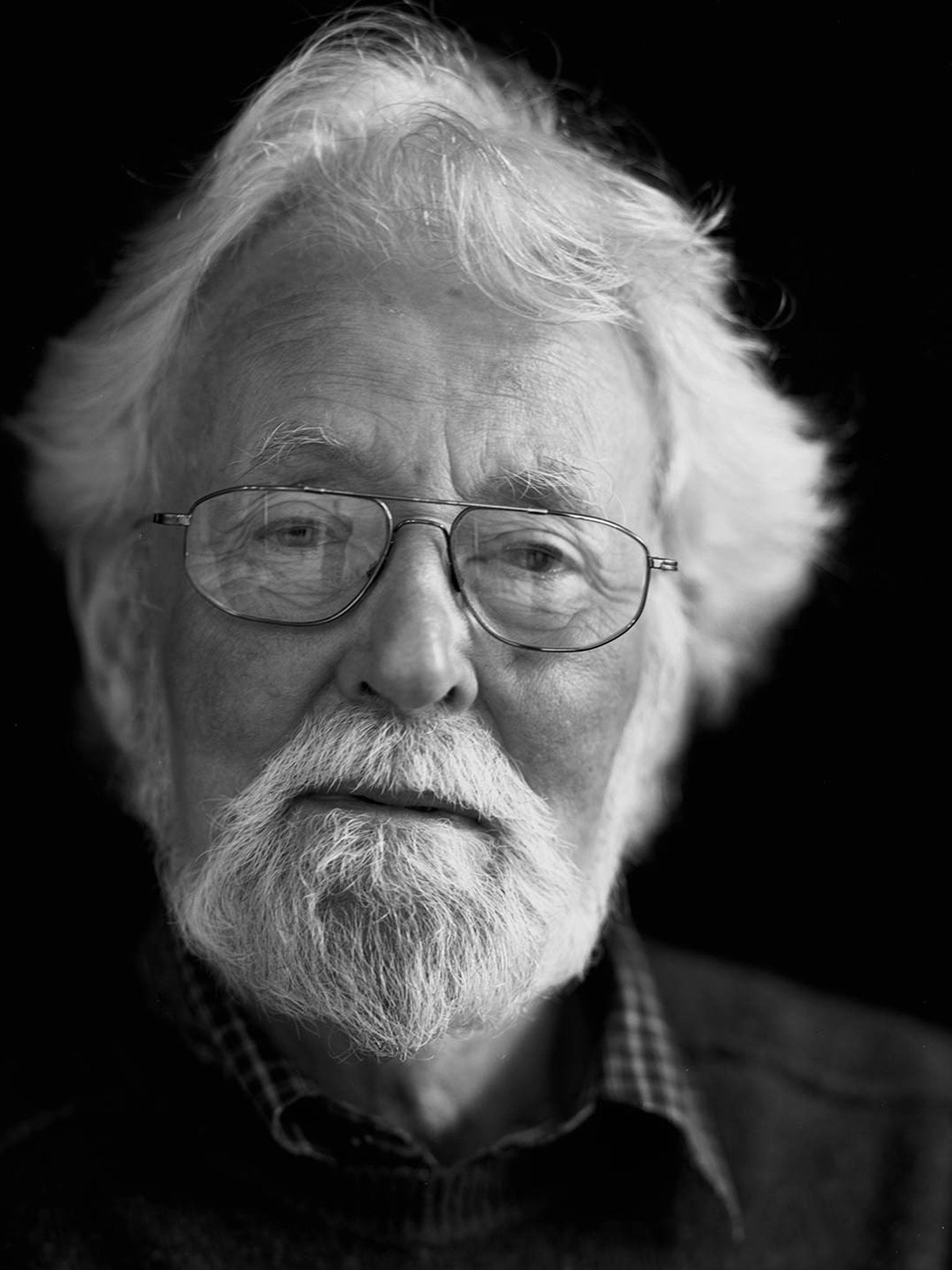
Your support helps us to tell the story
From reproductive rights to climate change to Big Tech, The Independent is on the ground when the story is developing. Whether it's investigating the financials of Elon Musk's pro-Trump PAC or producing our latest documentary, 'The A Word', which shines a light on the American women fighting for reproductive rights, we know how important it is to parse out the facts from the messaging.
At such a critical moment in US history, we need reporters on the ground. Your donation allows us to keep sending journalists to speak to both sides of the story.
The Independent is trusted by Americans across the entire political spectrum. And unlike many other quality news outlets, we choose not to lock Americans out of our reporting and analysis with paywalls. We believe quality journalism should be available to everyone, paid for by those who can afford it.
Your support makes all the difference.Few designers of letters have the power and individuality to give the alphabet their own special mark, but Michael Harvey did. His work is all round us, seen large in the great engraved inscription on the stairs of the Sainsbury Wing at the National Gallery, or on a smaller scale on many book jackets. He believed that the shape of letters should match the purpose to which they were put, and what he carved or drew added his own conviction to the message that they conveyed.
His work on stone adorns cathedrals and other public buildings, and also Ian Hamilton Finlay's Little Sparta garden, where he gave concrete form to the words of conceptual art.
Born in Surrey, he grew up near Leatherhead, where his father was secretary of the Society of British Printing Ink Manufacturers. Michael showed an early interest in printing and model-making, and on leaving Ewell Castle School in 1947 became an engineering draughtsman. To his sound technique was added inspiration after chancing on Eric Gill's autobiography in the public library.
Encouraged by his wife Pat, niece of the owner of Drawing & Tracing, where they both worked, she as a tracer, he spent two summers at Ditchling where Joseph Cribb, Gill's apprentice, taught him how to cut letters. Reynolds Stone, already famous as a wood-engraver and artist of engraved lettering, was looking for an assistant to help with large commissions, such as gravestones. Stone lived at Litton Cheney in Dorset, so the Harveys moved to Bridport, which was to become their permanent home. The couple, who married in 1956, had three daughters.
Every day Harvey would bicycle to Litton Cheney, beard and hair streaming in the wind, and spend the day in an outhouse cutting letters for Stone, enlivening the task with modern jazz played on a small radio, to the bewilderment of his employer. Harvey gained the experience that made him a master of the classic Roman letter, but he was also encouraged to explore and form his own style. This came into its own in the designs for book jackets for which he found an increasing demand, becoming an independent freelance designer from 1961.
Over the next 20 years he produced some 1500 designs for Heinemann, Cambridge University Press, Methuen, the Bodley Head and others. His training as an engraver gave him a penchant for shaded 3D letterforms, which became a distinctive element of his work on paper. He also moved on to type design, beginning with Zephyr, commissioned by R. Hunter Middleton for the Ludlow Typograph Company in 1966, his only design for hot-metal casting.
With the move to digital fonts, he produced many new designs, among them Ellington (1983-90), and Andreas (1988) and the versatile Strayhorn (1990) for Adobe, whose senior designer he became. He was co-founder of the independent Fine Fonts in 2000.
Harvey enjoyed teaching his craft, first at Bournemouth and Poole College of Art and Design (1961 to 1980), then as visiting lecturer at the University of Reading (1993 to 2001). On the Royal Mint advisory committee, and governor of Bournemouth Arts Institute, he was appointed MBE in 2001.
He wrote and published eight books on letter design, calligraphy and carving, as well a tribute to his old master, Reynolds Stone. In 2007 he launched 47 Editions, to reproduce the many photographs that he had taken. His volume Adventures with Letters was a record of his life and work, published last year. He wrote, illustrated and designed it himself – his own memorial.
Nicolas Barker
Join our commenting forum
Join thought-provoking conversations, follow other Independent readers and see their replies
Comments